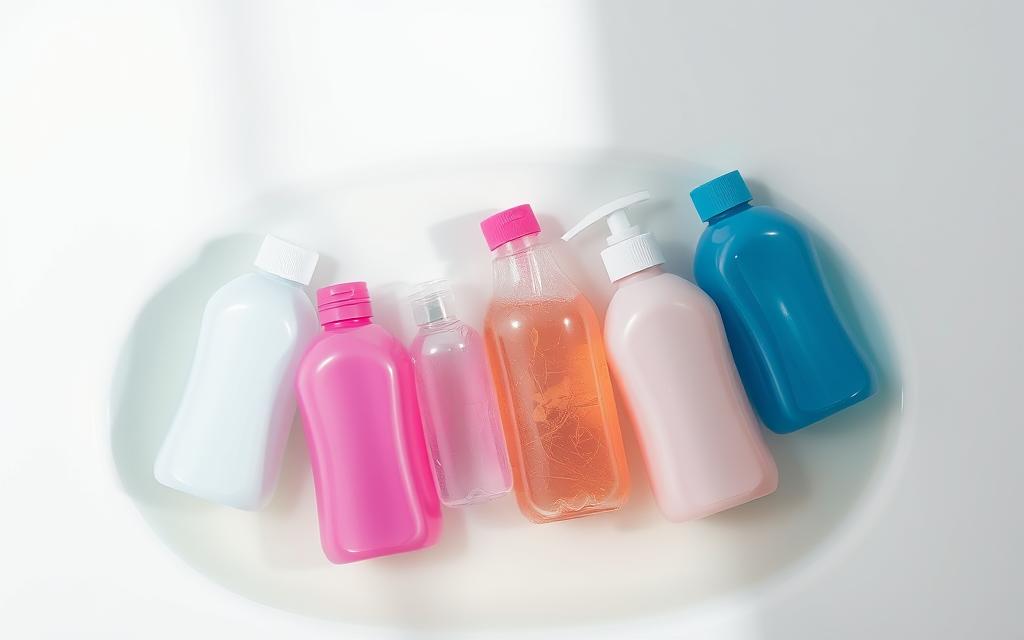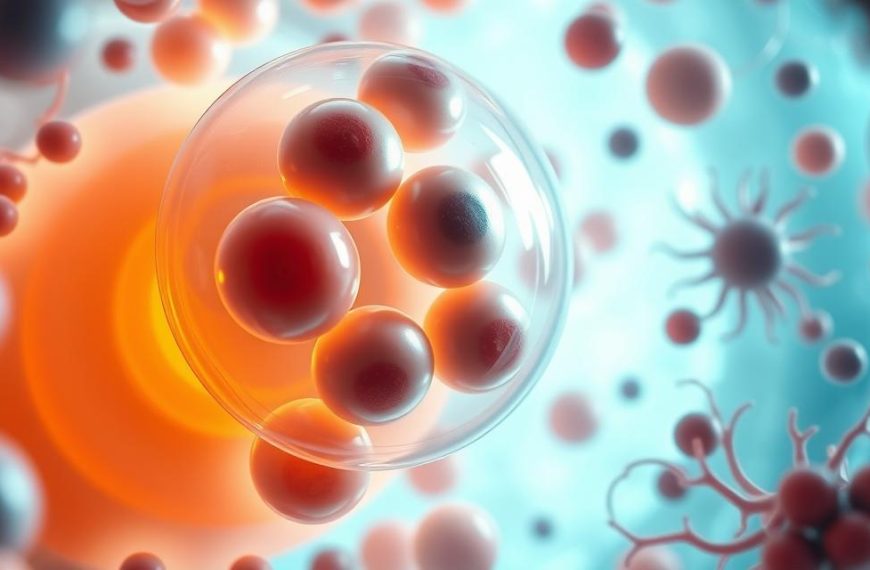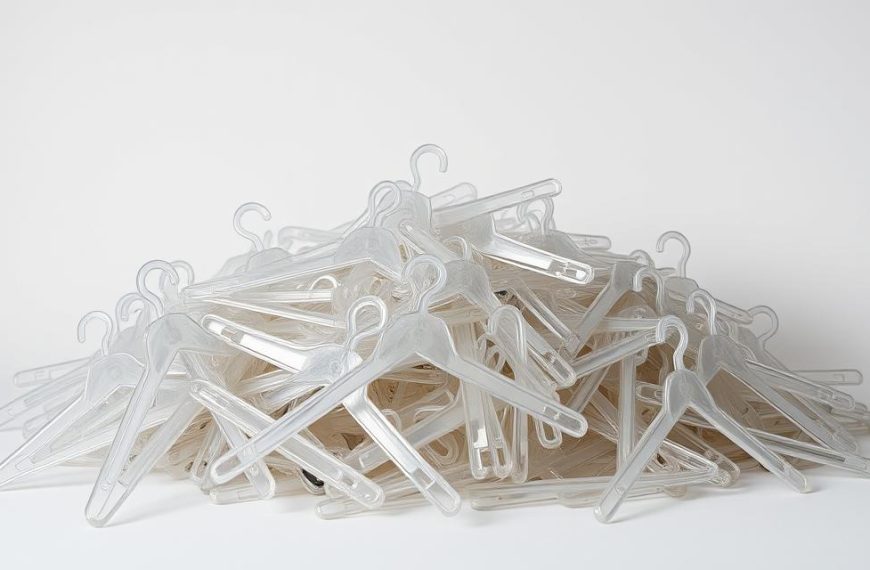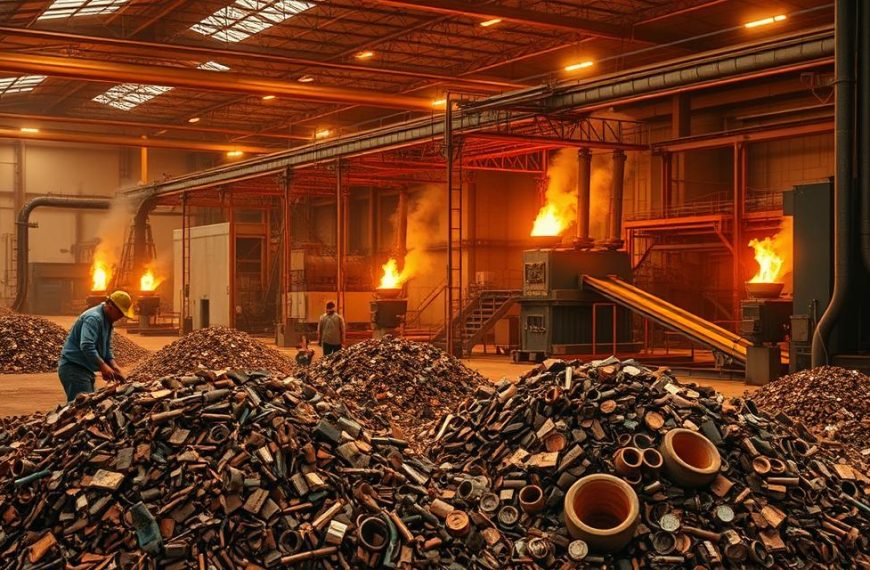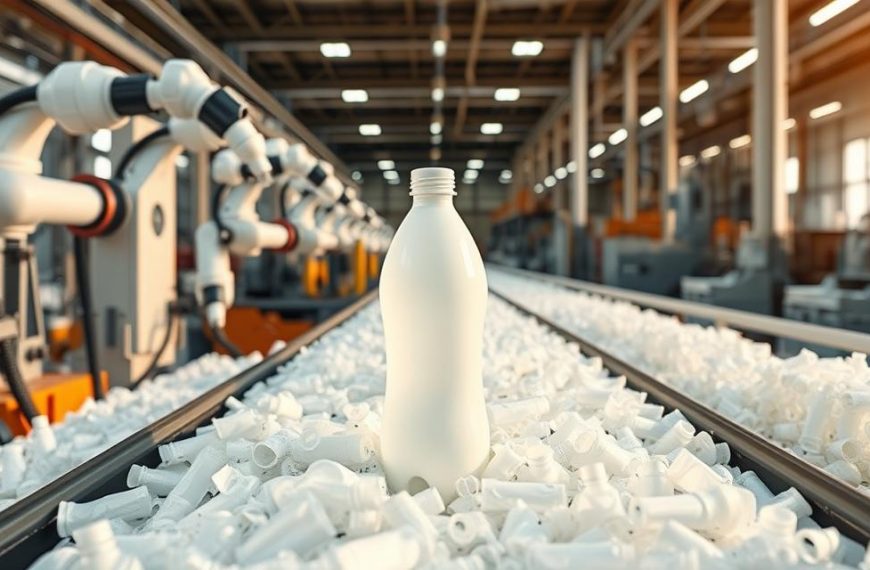Every year, the U.S. discards over 550 million plastic containers from personal care products. This staggering number highlights the growing concern about environmental sustainability. While many assume these items are easily recyclable, the process is more complex than it seems.
Most containers are made from HDPE (High-Density Polyethylene), a material widely accepted in recycling programs. However, caps and pumps often require special handling. These components, made from different types of plastic, can complicate the recycling process.
Understanding how to responsibly dispose of these items is crucial. The EPA provides guidelines to ensure they are processed correctly. By following these steps, we can reduce waste and contribute to a healthier planet.
Introduction to Shampoo Bottle Recycling
Recycling efforts in the kitchen often overshadow those in the bathroom. While 73% of Americans recycle kitchen items, only 44% do the same for bathroom products. This gap highlights a missed opportunity to reduce waste effectively.
Many personal care items, such as aerosols and toilet roll dispensers, are recyclable but often end up in the trash. Mixed-material packaging adds to the confusion, as components like caps and pumps require special handling.
Proper recycling of these items can have a significant impact. For example, recycling one toothpaste box per UK household could power refrigerators in 2,000 homes. These statistics emphasize the importance of small, consistent actions.
To make bathroom recycling easier, consider adding a dedicated recycling bin. This simple solution encourages better habits and ensures recyclables are separated correctly. By addressing these challenges, we can contribute to a more sustainable future.
“Every small step in recycling adds up to a big difference for our planet.”
| Room | Recycling Rate | Common Items |
|---|---|---|
| Kitchen | 73% | Food containers, bottles |
| Bathroom | 44% | Aerosols, dispensers |
Can Shampoo Bottles Be Recycled?
The journey to sustainable living includes knowing how to handle bathroom plastics. Most personal care containers are made from HDPE (High-Density Polyethylene) or PET (Polyethylene Terephthalate), materials widely accepted in recycling programs. These plastics are identified by resin codes, typically #1 for PET and #2 for HDPE.
White HDPE containers, like those from Head & Shoulders, are fully recyclable. However, colored HDPE bottles may face limitations due to dye interference. By 2030, brands aim to transition to universally recyclable materials.
Caps and pumps add complexity to the process. While some regions accept these items, others require them to be separated. Granger Recycling, for example, advises removing pumps before processing. Regional guidelines vary, so checking local rules is essential.
Contrary to common myths, minor residue in containers does not disqualify them from recycling. A quick rinse is sufficient to meet most program requirements. Brands like Love Beauty & Planet simplify the process with How2Recycle labels, providing clear instructions for consumers.
| Plastic Type | Recyclability | Common Items |
|---|---|---|
| HDPE (#2) | Widely accepted | White containers |
| PET (#1) | Accepted in most programs | Clear bottles |
| Colored HDPE | Limited acceptance | Blue/green containers |
For more detailed guidance on recycling bathroom items, visit Earth911. Understanding these nuances ensures your efforts contribute to a healthier planet.
How to Recycle Shampoo Bottles: A Step-by-Step Guide
Properly recycling personal care containers starts with understanding the process. Each step ensures materials are processed efficiently, reducing waste and supporting sustainability.
Step 1: Check the Plastic Type
Begin by identifying the resin code, usually embossed on the bottom. Most containers are labeled #1 (PET) or #2 (HDPE), both widely accepted in recycling programs. For example, Head & Shoulders uses HDPE, which is easy to recycle.
Step 2: Remove Labels and Caps
Labels and caps often complicate the process. Use heat or household solvents to peel off stubborn adhesives. Brands like Love Beauty & Planet use peelable labels for easier removal. Separate caps and pumps, as they may require special handling.
Step 3: Rinse the Bottle
Ensure the container is free of residue. A quick rinse with warm water or soap solution is sufficient. Granger Recycling emphasizes that empty containers without product residue are essential for proper processing.
| Step | Action | Tips |
|---|---|---|
| 1 | Check Plastic Type | Look for resin codes #1 or #2 |
| 2 | Remove Labels and Caps | Use heat or solvents for stubborn labels |
| 3 | Rinse the Bottle | Use warm water or soap solution |
For more detailed guidance, visit Head & Shoulders. Following these steps ensures your efforts contribute to a healthier planet.
Additional Tips for Effective Recycling
Small changes in daily habits can lead to significant environmental benefits. By adopting smarter practices, you can enhance your recycling efforts and reduce waste. Here are some actionable tips to make a difference.
Create a Designated Recycling Space
Organizing your home for recycling starts with a dedicated space. In small bathrooms, compact sorting stations work wonders. Use labeled bins to separate materials like plastic, glass, and paper. This simple step minimizes contamination, which accounts for 85% of recycling issues.
Buy Larger Bottles
Opting for bulk purchases reduces plastic use. For example, a 64oz container saves more material than multiple 12oz ones. Brands like Head & Shoulders recommend this approach to minimize waste. Over time, these choices add up, making a positive impact on the environment.
Upcycle When Possible
Get creative with items that can’t go in curbside bins. Turn bottle bases into planters with drainage hacks. Partner with schools to donate caps for art projects. Programs like TerraCycle also accept non-recyclable items, giving them a second life.
- Design compact sorting stations for small bathrooms.
- Calculate plastic reduction from bulk purchases.
- Showcase upcycled planters from bottle bases.
- Partner with schools for art supply donations.
- Introduce TerraCycle programs for non-curbside items.
Conclusion
Individual actions, when combined, create a powerful force for the environment. By checking resin codes, removing labels, and rinsing containers, you ensure proper recycling of personal care items. These small steps, multiplied by millions, significantly reduce waste.
Brands like Head & Shoulders are leading the way with pledges for fully recyclable packaging by 2030. Their initiatives, along with others, are advancing circular solutions for a sustainable future.
Always check local guidelines to ensure your efforts align with regional programs. For more resources, visit RecycleNow.com or explore How2Recycle labels for clear instructions.
Thanks for taking the time to follow this guide. Together, we can make a lasting impact on our planet.

